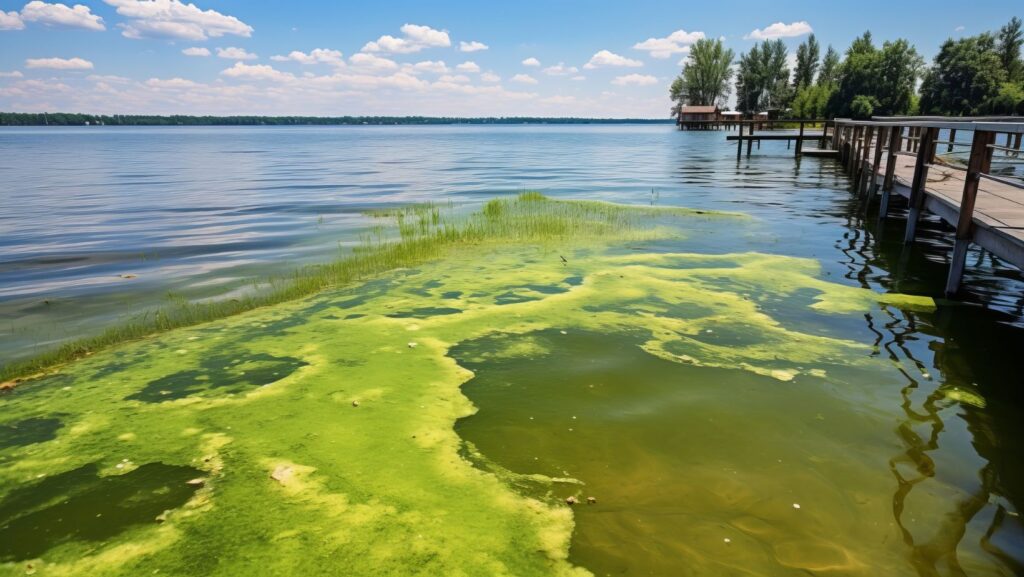Water pollution represents a significant environmental challenge that has a direct impact on both public health and the ecosystems upon which everyone relies. As the global population grows, the strain on water resources increases, exacerbating water contamination and threatening sustainable development goals.
This article explores the various effects of water pollution on people’s health and the aquatic ecosystems that support human life all over the world, emphasizing the urgent need for comprehensive water pollution control measures. Keep reading for more.
Understanding Water Pollution and Its Sources
Water pollution entails the contamination of water bodies like rivers, lakes, oceans, and groundwater with harmful substances. These pollutants come from various sources, which can be broadly categorized into point-source pollution and nonpoint-source pollution.
Point source pollution occurs when contaminants enter a water body from a single, identifiable source, such as a discharge pipe from an industrial facility or a sewage treatment plant. In contrast, nonpoint source pollution is more diffuse, arising from multiple sources like agricultural runoff, urban runoff, and stormwater runoff. This type of pollution is more challenging to control due to its widespread nature.
One significant contributor to nonpoint source pollution is nutrient pollution, which results from the excessive use of fertilizers in agriculture. When these nutrients, particularly nitrogen and phosphorus, enter water bodies, they can lead to harmful algal blooms. Algal blooms reduce the oxygen concentration in aquatic environments, resulting in the formation of dead zones that can severely impact marine organisms and disturb the food web.
The Health Effects of Water Pollution
The health effects of water pollution are profound and far-reaching, directly impacting communities. Polluted water has the potential to transmit numerous waterborne illnesses, including cholera, dysentery, and typhoid fever, which present considerable health threats to the local community. Based on data studied by the World Health Organization, millions of individuals globally suffer from waterborne diseases annually, primarily as a result of unsafe drinking water and insufficient sanitation facilities.

Water pollutants, including heavy metals, toxic chemicals, and persistent organic pollutants, can accumulate in your water supply, leading to contaminated drinking water. Extended exposure to these impurities may cause chronic health complications, such as cancer, neurological conditions, and developmental challenges in children.
Moreover, the presence of radioactive waste in water bodies, often due to industrial waste and inadequate wastewater treatment, adds another layer of potential health risks. While regulatory bodies like the U.S. Environmental Protection Agency (EPA) have established drinking water standards to limit the concentration of these harmful substances, enforcement and compliance remain challenging in many regions.
The Impact on Aquatic Ecosystems
Water pollution affects human health and has severe consequences for aquatic ecosystems. Tainted water endangers aquatic life and can disturb entire ecosystems, reducing biodiversity and deteriorating the water quality upon which people may rely.
Meanwhile, surface water pollution, particularly from nonpoint sources, introduces toxic substances into the environment that can be detrimental to marine life. For instance, plastic waste and other forms of marine debris can entangle sea organisms, causing injury or death. Moreover, aquatic life’s ingestion of microplastics can lead to food chain disruption, affecting not only the animals themselves but also you, as a consumer.
On the other hand, algal blooms, driven by nutrient pollution, can also have devastating effects on aquatic ecosystems. When these blooms die off, the process of decomposition consumes oxygen in the water, resulting in hypoxic conditions, or ‘dead zones,’ where aquatic life can’t survive. This loss of marine life can have cascading effects throughout the ecosystem, further stressing water resources.
The Role of Legislation and Sustainable Practices
Tackling water pollution calls for a comprehensive strategy that encompasses robust legislative measures, efficient water pollution management techniques, and sustainable practices implemented by individuals and communities.

One example is the Clean Water Act in the United States. This critical legislation aims to protect water bodies from pollution and ensure safe drinking water for everyone. However, global warming and climate change are introducing new challenges, such as increased stormwater runoff and more frequent algal blooms, which require adaptive management strategies that you can help shape.
Meanwhile, sewage treatment plants and other treatment facilities play a vital role in reducing water contamination by eliminating toxic elements before they enter water bodies. However, to achieve clean drinking water and protect aquatic ecosystems, it’s essential to enhance these facilities’ capacity and ensure they operate efficiently.
In addition to government efforts, people’s awareness and involvement are crucial in combating water pollution. Reducing plastic waste, minimizing the use of harmful chemicals, and supporting sustainable agricultural practices can significantly reduce the burden on water sources.
Conclusion
Water pollution is a complex issue with profound implications for human health and the environment. Its effects are widespread, affecting not only local populations but also global ecosystems. Gaining insight into the origins and effects of water pollution, along with implementing proactive strategies to address these issues, enables everyone to safeguard water resources and contribute to a healthier future for the human population and the surrounding environment.

